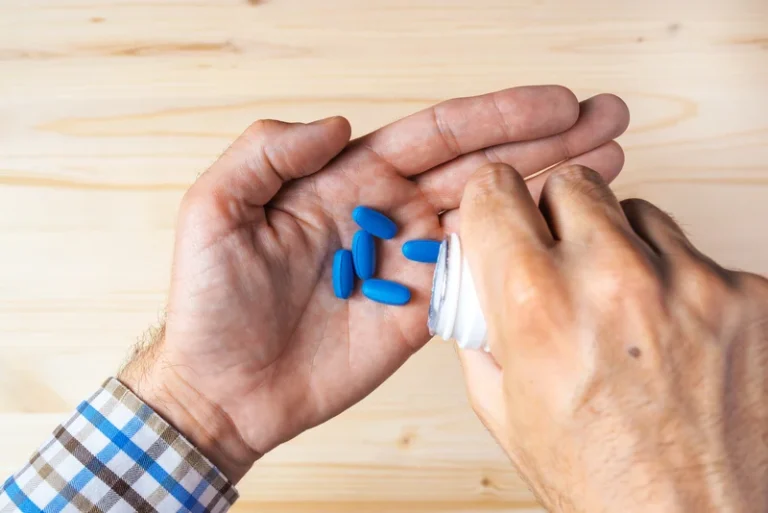The pathophysiology of CHS is unclear secondary to a dearth of research dedicated to explicitly investigating its underlying mechanism. Nevertheless, some limited evidence suggests a dynamic interplay between cannabinoid metabolism and complex pharmacodynamics at the CB-1 receptor. Limited evidence also suggests that an individual’s genetics, as well as variability in the cannabinoid components of individual plants 131, may play a role in the manifestation of CHS. In the brain, the cannabinoid system helps regulate several aspects of the endocrine system.
How states have reshaped marijuana laws and what’s next
Within 10 minutes, nausea and vomiting stopped, and the person no longer felt abdominal pain. First, doctors treating people with CHS advise them to stop using marijuana. During the hyperemesis stage, doctors focus on preventing dehydration and stopping the symptoms of nausea and vomiting.
- Examples of cannabinoids include tetrahydrocannabinol (THC) and cannabidiol (CBD).
- Cannabis can be addictive, and people who stop using it can experience symptoms not unlike opioid or alcohol withdrawal, said Dr. Deepak Cyril D’Souza, director of the Yale Center for the Science of Cannabis and Cannabinoids.
- Δ9-tetrahydrocannabinol (THC) is the principle active compound in cannabis (Figure 1).
- For instance, one Colorado cannabis prescriber anecdotally reports two cases in which patients developed symptoms consistent with CHS after the patients switched to a different cannabis product.
- The only known treatment to permanently get rid of CHS is to stop cannabis use completely.
- The endocannabinoids are present in both the central nervous system 8 and enteric nervous system 15.
Cannabinoid hyperemesis syndrome
Instead, he’s concerned that marijuana production and sales will follow in the footsteps of the tobacco and alcohol industries, which have worked to sway public opinion and legislation in their favor. “It may be that the cannabinoid is only sort of one aspect of the way the patient is hurting that needs to be addressed to really get them to heal,” he said. When Dr. Deepa Camenga began her career about 20 years ago, she rarely if ever saw pediatric patients with CHS, she said.

Cannabis hyperemesis syndrome: an update on the pathophysiology and management
Experts think that when you first smoke weed, your brain signals are more important, but after repeated use of the drug, the brain receptors may no longer respond to marijuana in the same way, causing more nausea and vomiting. Some of those hospital visits are related to a severe condition that develops after using high concentrations of cannabinoids over a long time, called Cannabinoid Hyperemesis Syndrome (CHS). This illness poses potential health risks with the quickly changing drug. This systematic review is the first and most comprehensive characterization of the CHS literature. We what is chs believe that these evidence-based recommendations will improve diagnosis, highlight the limitations of pathophysiology understanding, and provide guidelines for treatment of this difficult condition. Our proposed diagnostic characteristics are listed in Table 6 with corresponding GRADE quality recommendations.
Diagnosis
Hot showers have been reported to assist in stabilizing the hypothalamic thermostat, frequently altered by chronic cannabis use 51. Accordingly, they have been reported as one of the therapeutic modalities for the management of the CHS. Further, these behaviors could also be noted in CVS, preadolescents, and adolescents with no prior exposure to cannabis 8. These changes from hot bathing are probably not specific to CHS but can be seen across all functional nausea and vomiting disorders, including CVS, and are probably aggravated by cannabis use 9. Thus, hot shower bathing may be more closely related to CHS, but is neither specific nor sensitive in its diagnosis. This is probably the reason for its non-inclusion in the Rome IV diagnostic criteria for CHS.
Cannabinoid Hyperemesis Syndrome Diagnosis
However, many experts consider these treatments to be ineffective for managing nausea and vomiting in people with CHS. Currently, doctors do not have treatment guidelines for the management of CHS. Most of the evidence on effective treatment and management comes from published case reports.
Differential Diagnosis
Certain individuals may have a genetic polymorphisms in the cytochrome P450 enzymes responsible for the metabolism of the cannabinoids 62,72. This could result in excessive levels of pro-emetic cannabinoids or emetogenic metabolites. Such genetic variations have yet to be studied in patients diagnosed with CHS and represent an area for future research.
- One 2018 study found that 32.9% of self-reported frequent marijuana users who’d gone to the emergency room (ER) had symptoms of CHS.
- Nausea and vomiting tend to return if they start using marijuana again.
- Severe and uncontrollable vomiting increases the risk of dehydration and electrolyte imbalances, and in rare cases, patients can experience esophageal tears, Camenga said.
- These episodes of vomiting are often separated by weeks or months, and there is a return to baseline between episodes.
- Such genetic variations have yet to be studied in patients diagnosed with CHS and represent an area for future research.
- A Danish study found that 20% of schizophrenia cases might be prevented if young men (ages 16 to 25) did not develop cannabis use disorder, or CUD.
Their symptoms subsequently resolved when they switched back to their original brand. This information is not published but raises questions regarding the role of an unidentified molecule, whether cannabinoid or non-cannabinoid (e.g., a pesticide) may precipitate of the syndrome. In practice, clinicians may have evolved Sobriety treatment algorithms for managing CHS patients, but our search did not identify any studies reporting this.

